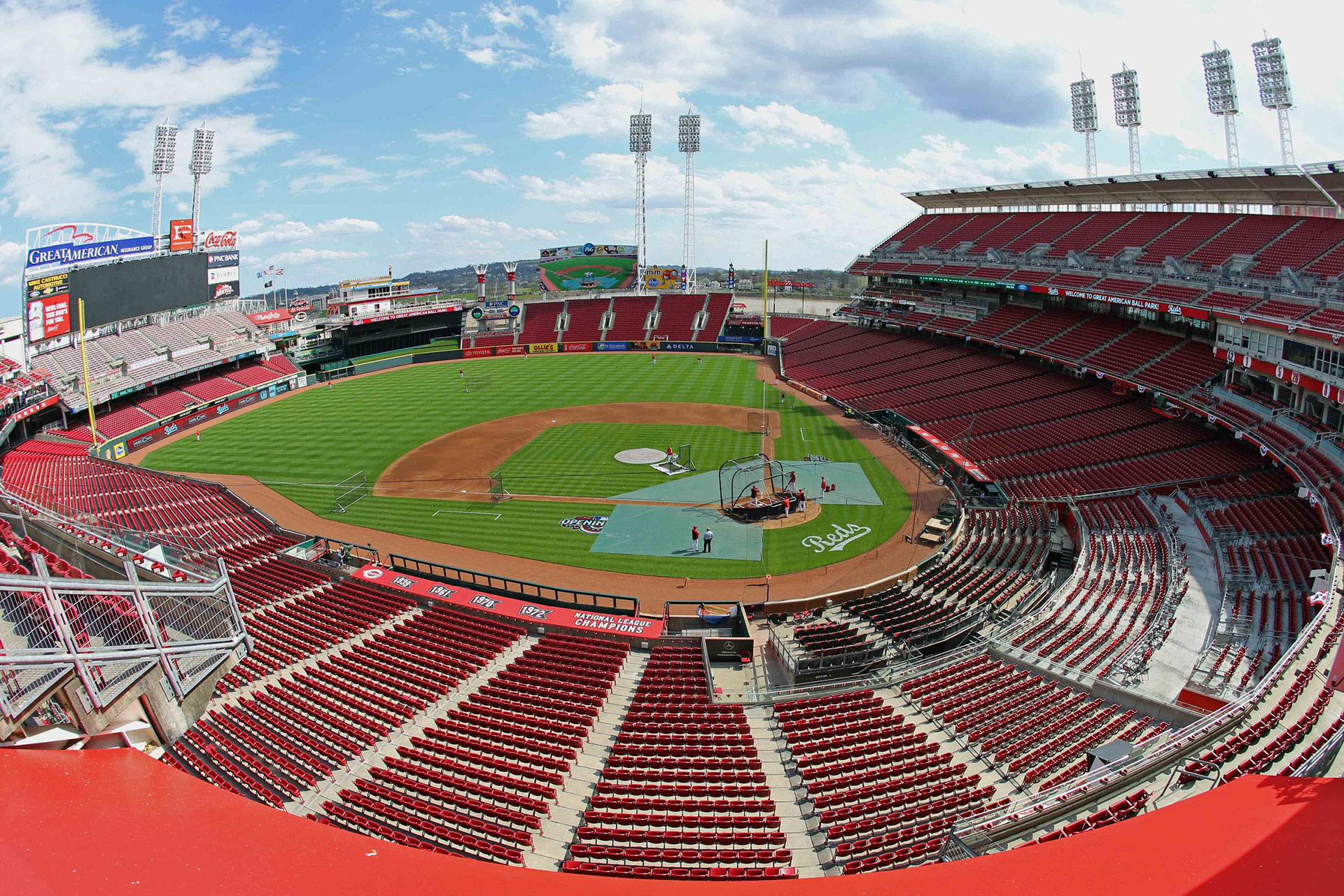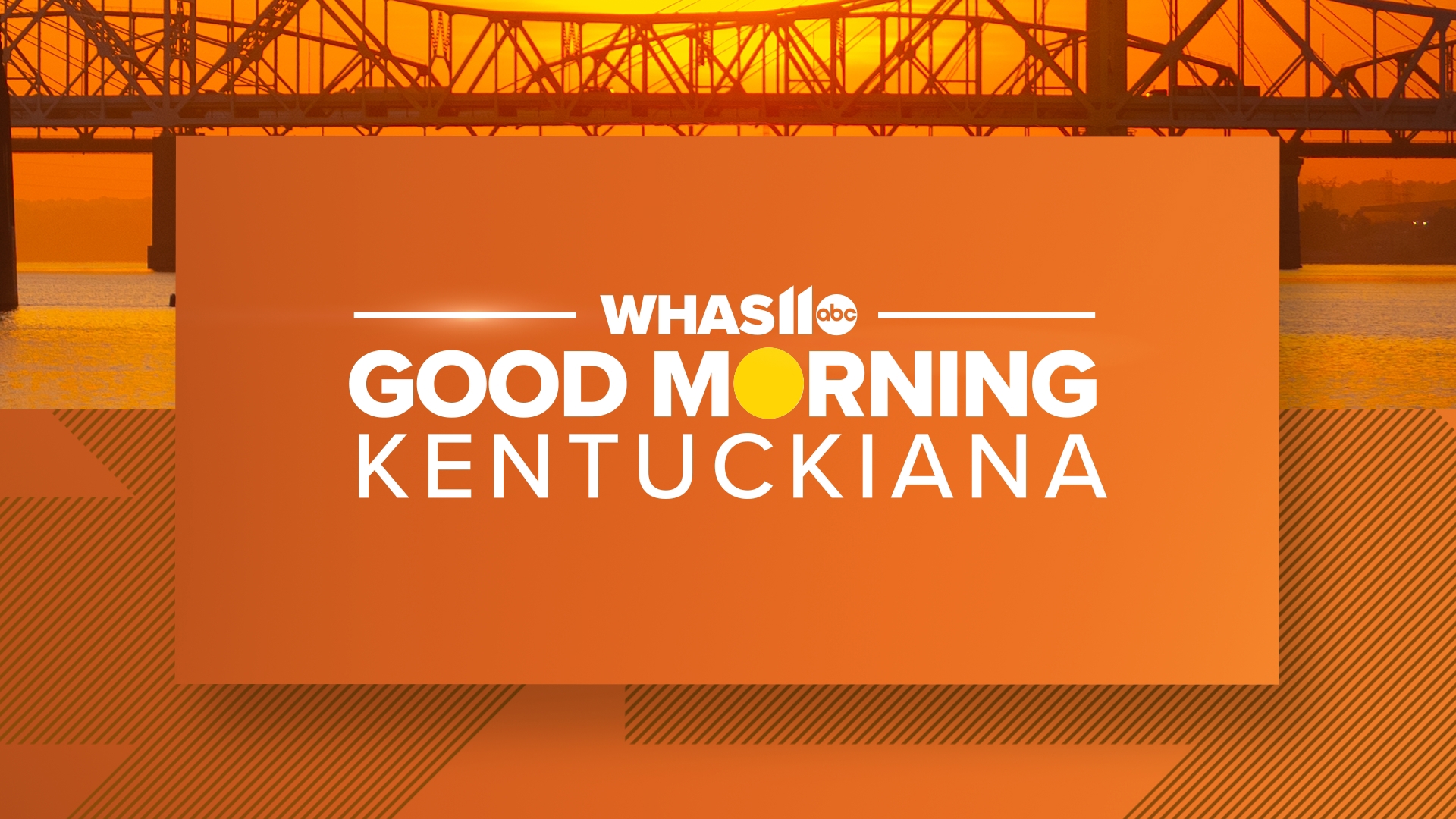Wednesday, a young girl was hospitalized in New York after being hit by a foul ball off the bat of former Reds third baseman Todd Frazier. The incident reinvigorated calls for expanded netting at ballparks across baseball.
“It's about time,” said Reds shortstop Zack Cozart. “It makes me mad because that's a very avoidable thing. The netting, if you go sit behind home plate and you watch the game, you don't know the netting's there. I don't think that's going to be an issue at all.”
The Reds said the netting will exceed the standards set by Major League Baseball. The current netting behind home plate at Great American Ball Park goes only to where the camera wells start on the home-plate side of the dugouts.
The Reds said further details of the dimensions of the netting will be available after the installation. The Reds open the 2018 season on March 29 against the Washington Nationals at Great American Ball Park.
The team had been planning on expanding the netting, but Wednesday’s incident in New York brought it to the forefront again.
Major League Baseball recommended netting in front of field-level seats between the dugouts to 70 feet within home plate in 2015. At the time, the Reds said their netting exceeded the recommendation.
Before the 2017 season, the Reds’ low-Class A team in Dayton extended netting to the entire length of the seating area at Fifth Third Field.
Cozart said his family sits behind the netting at Great American Ball Park and if the players’ family seats aren’t behind netting or in the upper deck, his wife and 3-year-old son don’t go to the game.
“Even if I'm sitting there with my glove, sitting right above the dugout – and I play shortstop in the big leagues – Frazier hits that ball 105 right at me, there's no guarantee I'm going to catch it, much less someone who doesn't play baseball,” Cozart said. “Why not take that out of it? Just extend the nets to the end of the dugout, make that mandatory at every ballpark.”
Cozart noted that both MLB and Minor League Baseball mandated helmets for coaches on the field after minor-league coach Mike Coolbaugh died after being hit in the head by a line drive in 2007.
The National Hockey League extended netting in all of its arenas after the death of 13-year-old Brittanie Cecil in Columbus in 2002.
“I don't know the whole story of what happened in Columbus, I don't want us to wait until someone dies,” Cozart said. “That's what hockey went through – why do we have to wait? Let's be proactive.”
Major League Baseball continues to encourage its fans to look down at their phones, from in-seat food ordering to interactive quizzes on the scoreboard and even old-fashioned scorekeeping.
New ballparks also tout closer seating to the action, often bring more risk.
“I know that I have had family members and friends that have been in the exposed seating close by and I would much prefer to have them behind home plate behind the protective netting for all the obvious reasons,” Reds manager Bryan Price said. “There's not something I know more than other people, the one thing I do know is that the balls and bats can get into the stands in short order."


